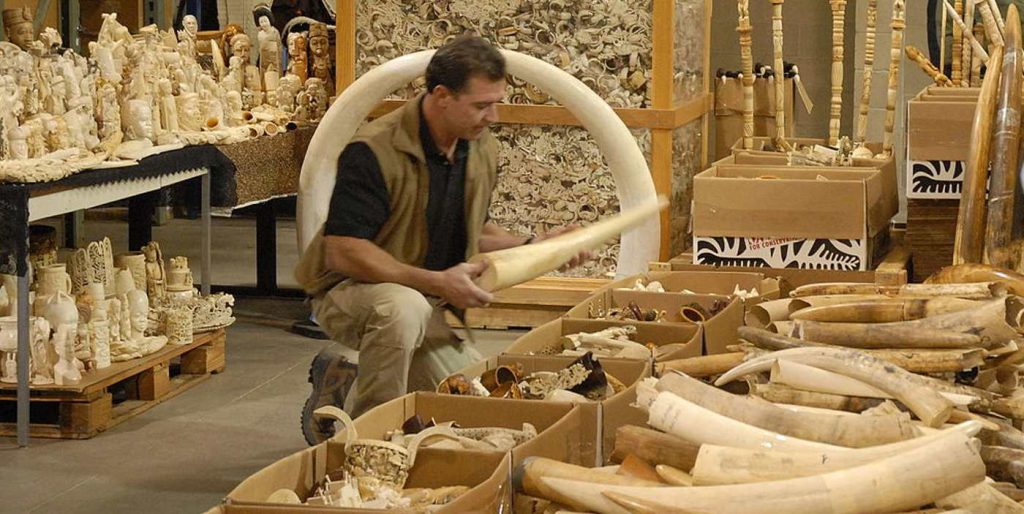
Two men from the Democratic Republic of Congo were arrested on November 3 outside of Seattle, Washington, having been indicted on charges of trafficking after they were caught trying to smuggle 49 pounds of elephant ivory into the U.S.
The men owe their indictment and day in court to Samuel Wasser, a crack sleuth on the trail of the world’s major organized crime syndicates responsible for the trade in illegal wildlife parts like elephant ivory.
His 15-year production of a database containing familial relationships between poached animals like elephants is creating maps which authorities are using not only to make arrests of criminal henchmen, but identifying the geographical chokepoints organized crime is operating through.
Taking DNA samples of a single elephant tusk isn’t likely to reveal anything that authorities, either rangers or detectives, might need to know to stop elephants being poached. Ivory is often mixed together in the scramble to smuggle it out of Africa, meaning that the right and left tusk of a single elephant could be separated by thousands of miles and hundreds of days.
Directing the Center for Environmental Forensic Science at the University of Washington, Wasser has pioneered a method of connecting metaphorical red yarn between elephant ivory confiscated by authorities, and where in Africa it was taken from.
Now, when Wasser gets to take DNA samples from confiscating ivory, he can look for distant familial matches in his database to get a picture of where the animals and their family lived, and where they were smuggled to.
He can gather family IDs, their migration paths, national park locations, airports, shipping ports, transit countries, nationality of arrested suspects, smuggling methods, and more that can give him and wildlife authorities an idea of the patterns poachers, and their organized backers, are using.
MORE: Baby Elephant Rescued After Falling Into Indian Well 30-Feet Deep
Recently, in 2019, a seizure of nine tons of ivory in Singapore allowed Wasser to enter dozens of individual genotypes into his database, which created a family tree of 40 familial matches. He can then look at where those familial matches came from, where they ended up, who was arrested in conjunction, and provide the authorities with leads to use in further busts, or evidence to beef up prosecution power.
SHARE This Great Conservation News With Others…




















